CS Unplugged: Divide and Conquer
Use Santa’s Dirty Socks book or video to explore the problem of finding a hidden item in one of 1024 items. This problem uses the strategy, divide and conquer; half of the items can be eliminated each time, making the task faster and easier to complete. Relate the task to the way a computer searches. Support your teaching and learning with video clips and other related resources.
Additional details
| Year band(s) | 5-6, 7-8 |
|---|---|
| Format | Web page |
| Core and overarching concepts | Algorithms, Computational thinking |
| Australian Curriculum Digital Technologies code(s) |
AC9TDI6P01
Define problems with given or co developed design criteria and by creating user stories
AC9TDI6P02
Design algorithms involving multiple alternatives (branching) and iteration
AC9TDI8P04
Define and decompose real-world problems with design criteria and by creating user stories |
| Keywords | Computation, Maps, Algorithms, Problem solving, Divide and conquer, Search algorithm, Searching, Halving |
| Integrated, cross-curriculum, special needs | Mathematics |
| Organisation | University of Canterbury, New Zealand |
| Copyright | Creative Commons BY-NC-SA 4.0 |
Related resources
-
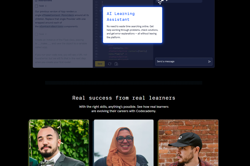
Codecademy
This site provides tutorials on web design tools. Requires free registration.
-
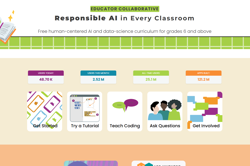
App Inventor EDU
Use this six week teaching program using a project based curriculum that allows students to explore the world of computer science through the creation of smartphone apps.
-
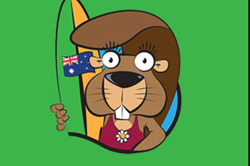
Bebras Mini Challenges assessment
The free Bebras Mini Challenges is a set of short questions, called Bebras tasks.
-

Classroom ideas: Micro:bit Environmental Measurement (visual and general-purpose programming) (Years 5-8)
Investigating environmental data with Micro:bits: This tutorial shows the coding needed for digital solutions of some environmental issues that can be created using pseudocode and visual programming.
-
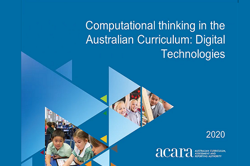
Computational thinking in the Australian Curriculum: Digital Technologies
This youtube video provides examples of computational thinking related to relevant contexts for a range of year bands.
-

Computational thinking poster
A poster/infographic that gives a brief overview of the concepts related to computational thinking.
-
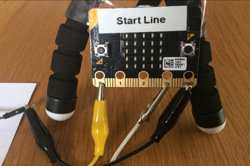
Creating a digital start line and finish line with micro:bits (Years 7-8)
The following activity suggests one-way Digital Technologies could be integrated into a unit where vehicles are being designed and produced.
-

DIY micro:bit metal detector (Years 5-6)
This activity shows one way to incorporate Digital Technologies into a goldfields unit in an authentic way using a micro:bit.
